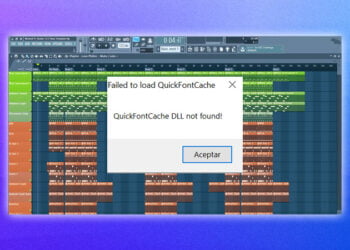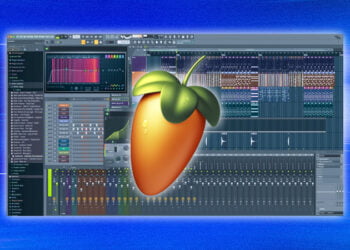Are you a budding producer looking to create your own loops in FL Studio?
FL Studio has become one of the most popular DAWs for music production, with a wide variety of features for crafting your own music.
Though it can be intimidating at first, once you get the hang of its interface, you can make some incredible music in the program.
One of its key features is looping, which is a great way to experiment with sounds and explore ideas quickly.
In this blog post, we’ll take a look at how to loop in FL Studio and some tips for making the most out of it.
With FL Studio’s robust looping features, you can craft complex, dynamic tracks and make great music in no time.
Setting up the tempo
The very first step to looping in FL Studio is to set up the tempo.
To do this, open the Playlist View, and click the control bar at the top.
From there, select the tempo of your desired project.
You can also adjust the project’s time signature here.
This can be changed from 4/4 to 3/4, or any other time signature of your choice.
Once you’ve selected the tempo and time signature, you can start looping in FL Studio.
Utilizing the Playlist window
One of the quickest ways to loop in FL Studio is to utilize the Playlist window.
In this window, you can drag and drop loops onto the timeline, as well as copy and paste them to create longer sequences.
This window allows you to keep track of multiple loops and quickly adjust them to fit the tempo of your track.
You can also easily delete, move, and adjust the volume of any loop within this window.
By utilizing the Playlist window, you can quickly create complex looping patterns and give your track the right vibe.
Selecting a loop
The third step in looping in FL Studio is selecting a loop.
To do this, you need to open the Browser Window.
Here, you’ll find a selection of loops and samples, both from the software itself and from any third-party sources you’ve added, such as VSTs.
You can also create your own loops.
Once you’ve chosen one, drag it onto the Playlist window.
Now you can start editing your loop to make it sound just the way you want it.
Creating a pattern
To create a pattern in FL Studio, start by opening the Channel Rack, which holds all the instruments you’ve added to your project.
From here you can select a pattern, create a new one, or import a MIDI file.
If you create a new pattern, you can choose the length and type of instrument you’d like to use.
Once you’ve done that, you can get to work programming your pattern.
The piano roll editor lets you manipulate the notes and velocity of each instrument, while the piano roll view lets you view your patterns as a sequence of notes.
You can also use the tools in the step sequencer to program your patterns in a more linear fashion.
Finally, you can use the mixer view to adjust volume, panning, and effects for each instrument.
Working with the Piano Roll
The Piano Roll is the main tool for looping your track in FL Studio.
To begin, open the Piano Roll window by double-clicking on the track you want to loop.
You can adjust the size of the window to make it easier to work with.
Once the window is open, you can start creating your loop.
You can use the Piano Roll to draw in notes, or to edit existing ones.
You can also make patterns by using the “Step Sequencer” located at the top of the window.
You can also adjust the tempo and key of your loop in the Piano Roll window.
Finally, you can use the Piano Roll to add automation to your loop, such as changing the volume or changing the sound of specific notes.
Combining different sounds
When you’re looping in FL Studio, one of the most important things to consider is what sounds you’re going to combine.
If you’re working with samples, you can mix and match various sounds from different sources, such as drums, strings, horns, and other samples, in order to create an interesting and unique sound.
You should also consider the tempo of the samples you’re using, as this will affect the overall feel of the loop.
Finally, experiment with different effects and filters, such as reverb, EQ, delay, and more, to further shape the sound.
Have fun and get creative!
Adding effects
Once you have your loop ready, you can add effects to further enhance your music.
FL Studio has a variety of built-in effects, such as reverb, delay, distortion, and compression, that you can use to tweak the sound.
To apply an effect, simply drag it from the browser window onto the mixer track or channel.
You can also adjust the effect’s parameters directly from the mixer window, allowing you to control the subtleties of your loop.
Rendering the final mix
In the final step of looping in FL Studio, you’ll render the final mix.
Rendering the final mix will allow you to create a high-quality, professional-sounding loop for your project.
To render your mix, go to the ‘File’ menu and select ‘Render’ from the drop-down list.
Select the desired output format, add effects if desired, and click ‘Render’.
The rendering process can take some time depending on the size of your project.
Once the render is complete, you’ll have a finished loop that is ready to be used in your next music production.
Conclusion
In conclusion, looping in FL Studio is a very simple process.
It allows producers to easily create seamless loops that can be used to create complex rhythm tracks.
The loop function also allows producers to quickly and easily test different sounds and effects to create the desired sonic atmosphere.
With just a few clicks you can create a looping masterpiece and have your track ready for the studio in no time.
























